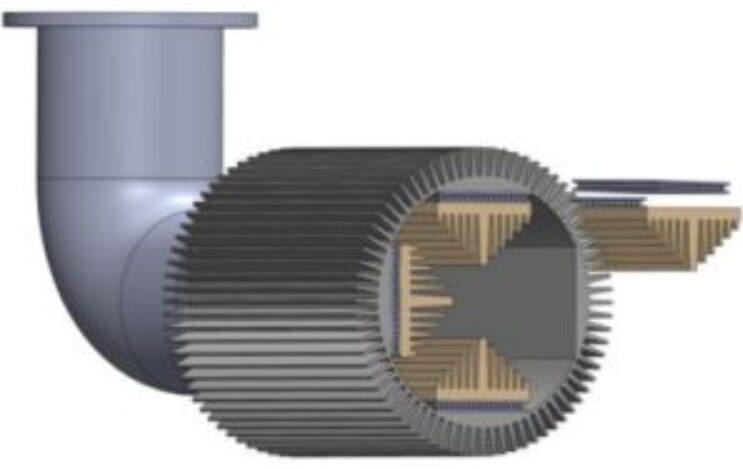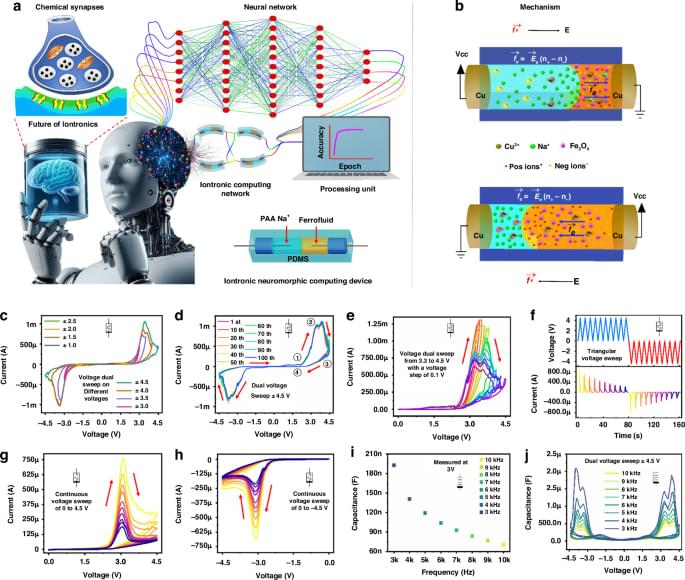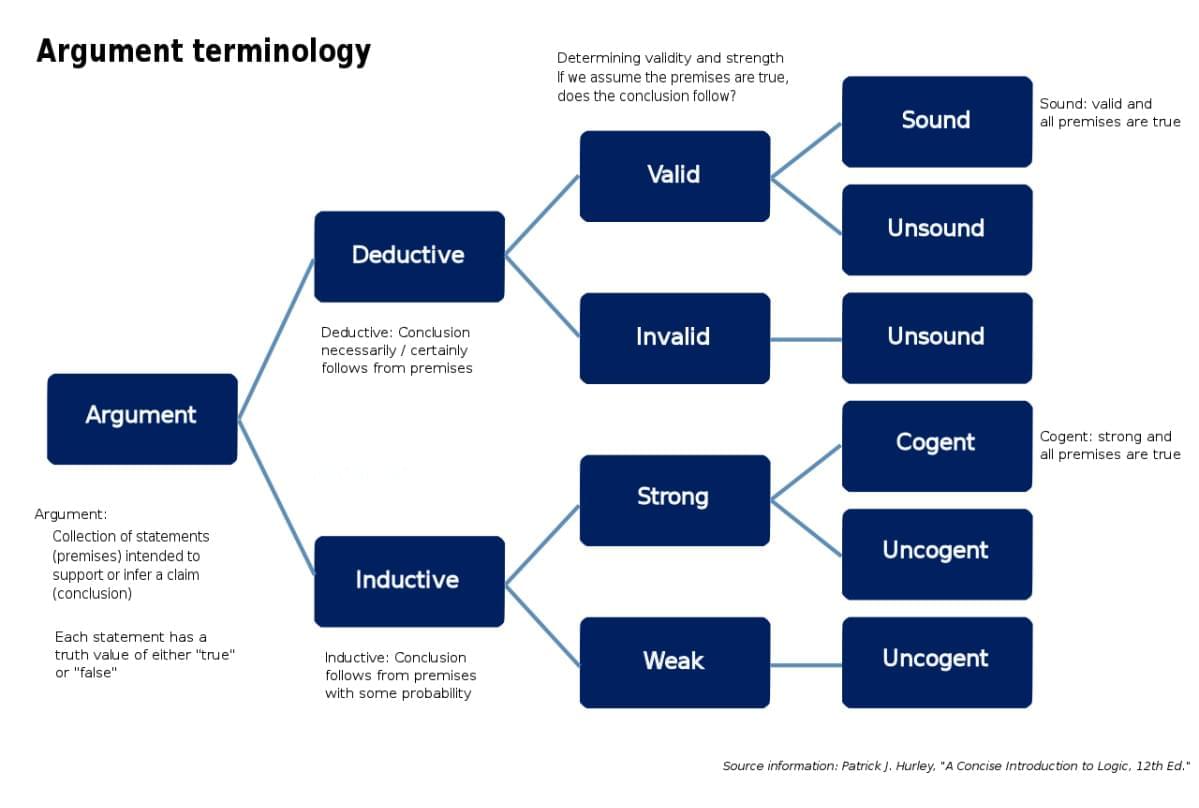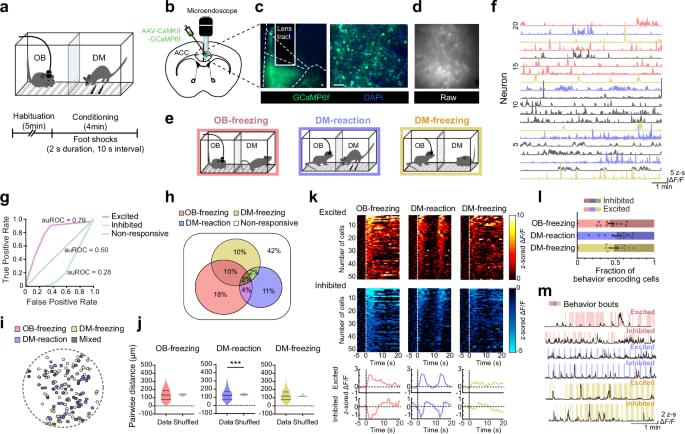“Of these children, 85% are going to beat their cancer, but it’s a win at a cost,” says Armstrong. “We know that these kids will have shortened lifespans. They often die young of chronic diseases like heart disease, stroke or secondary cancers which present much earlier. And we discovered about a decade ago that this is because they’re ageing much faster than their chronological age.”
In particular, this is reflected not just in their biology, but in physical frailty. When Kirsten Ness, a physical therapist and clinical epidemiologist at St Jude, assessed a group of childhood cancer survivors aged 24–41, she noted that when it came to heart function, flexibility, respiratory capacity and range of motion, they resembled people decades older. “We showed that at 30, they have physiological frailty that resembles people in their 70s and 80s, and it’s getting worse over time,” says Ness.
The underlying cause of this is senescence, a state in which cells cease to continue dividing as normal, but instead simply linger, refusing to die. Because of this quality, senescent cells have sometimes been described as “zombie cells” and they are now regarded as a driving force and a reflection of ageing. Over the course of a lifetime, our bodies incur increasing amounts of damage which in turn makes many of our cells, distributed throughout our body, more likely to become senescent.







